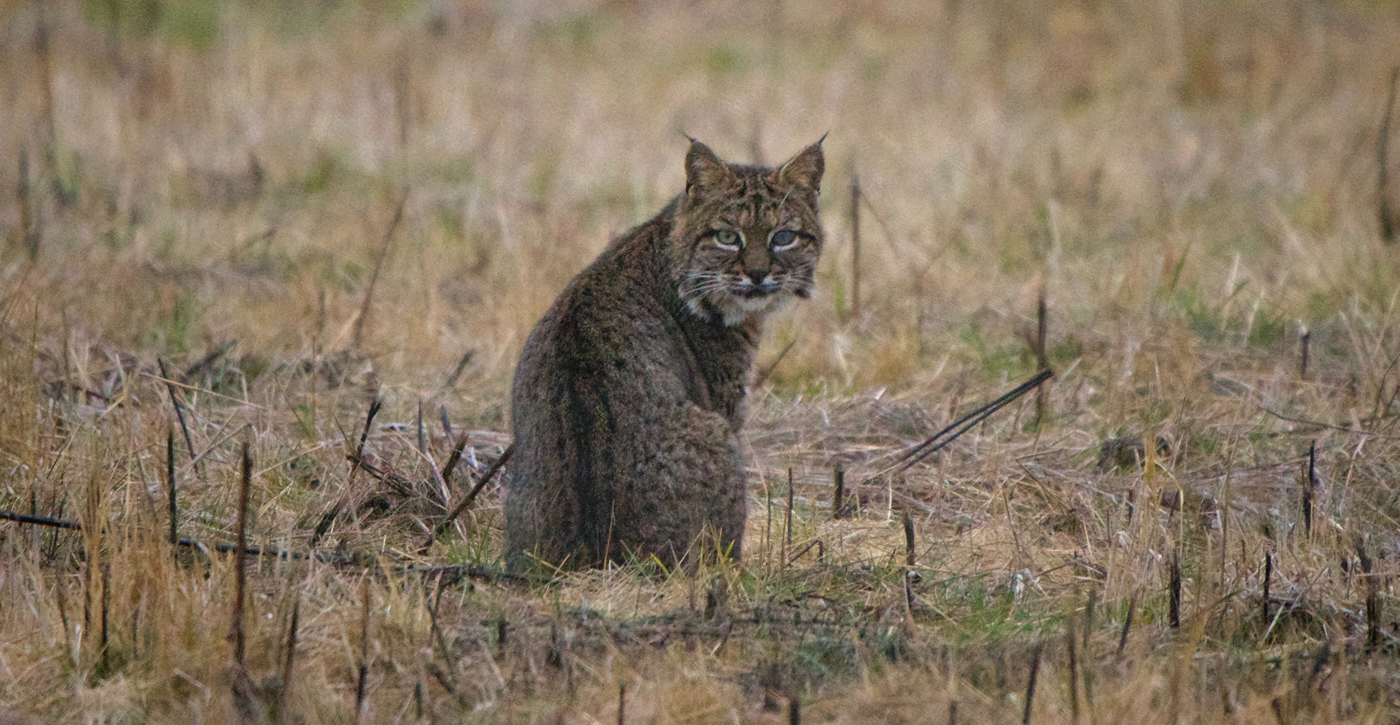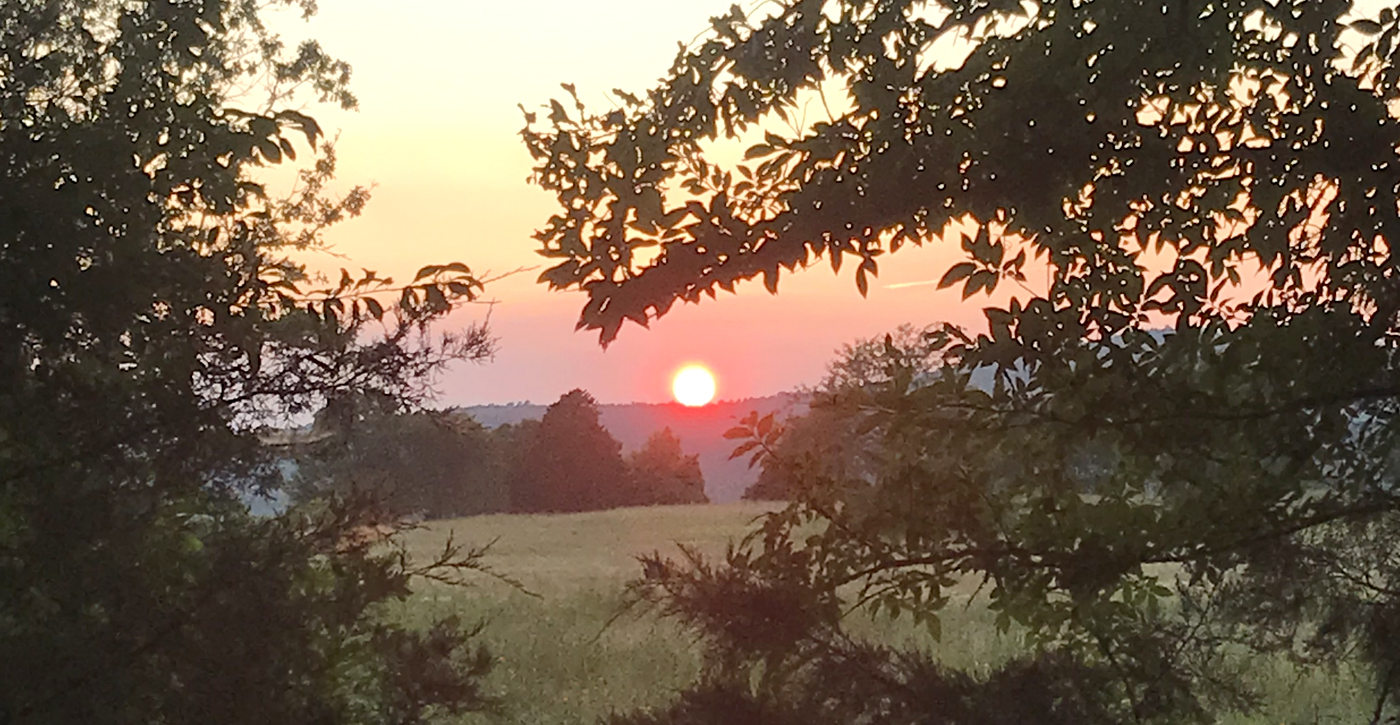When they fight, animals of the same species often have an instinctive way of submitting and signaling obeisance to others that prevents them from being killed or badly mauled. I used to enjoy seeing a half-grown pup chasing excitedly after other dogs on campus until the pup went too far and an older dog turned on it and snapped. The pup would yield, cower, and lie down on its back, flopping its legs helplessly. The older dog would stop and slowly turn away. Then the pup would get up and lope off, accepting its subordinate position. I once viewed a nature film sequence that showed a young and inexperienced cheetah stalking and pouncing on a pair of frolicking lion cubs who responded in this way two or three times, each time leaving the young cheetah confused and discouraged but leaving the lion cubs safe. The gesture of submission inhibits both parties from any further fighting and it maintains peace by clarifying the dominance hierarchy.
Human beings have very weak instincts, and we do not have that instinct-bound integrity. An aggressor does not refrain from massacre because of the victims’ submissive behavior, and, if a victim should submit, the antagonist had better not turn away as the submitter might stab him or her in the back. We use our brains and emotions to govern what we do, but this leaves us with the Holocaust, ethnic cleansing, and the seesawing conflict between Tutsi and Hutu, as there is always tradition, memory, suspicion, and the fear of treachery and further attack or manoeuver.
There is, nevertheless, a submissive human gesture with a deep psychological meaning and which humans have used and still use over all the world. This is the act of bowing, varying from the formality of the Japanese bow, through the kneeling bow to Queen Elizabeth when she knights one of her subjects by the touch of a sword’s flat blade (such symbolism), to the full kneeling crouch with forehead to the ground of earlier times. A petitioner to the Sultan of Brunei addresses, verbally, not his person, but the dust beneath his feet. (And in Thailand 40 years ago I observed a railroad clerk prostrating himself before the stationmaster.) In bowing, those in earlier times must not only have placed themselves in the position of being unable to defend their necks from attack, but even of being unable to see what the other was doing. Bowing still induces a deep feeling of submission.
It is not surprising that bowing is used in religious obeisance. In prayer the Muslim faithful kneel facing Mecca and bow low with forehead touched to the ground. Christians kneel upright with hands pressed together and head bowed. Buddhists have no Great God but bow in obeisance to Buddha, while Mahayana Buddhists have many minor gods to whom they bow. Hindus perform the namaste with hands lightly pressed together with varying depths of bowing.
The image of Quaker worship used for the cover of Geoffrey Hubbard’s original Pelican paperback, Quaker by Convincement, shows a sculpture by Friend Peter Peri of a man sitting with knees crossed and hand to chin as if in deep thought. From earliest days Quakers rejected mere symbolism, insisting that ritual behavior and particular words, songs, buildings, days, places, or things had no special sacred quality, and that attention to them could give external appearance of spiritual submission without the necessary integrity. Moreover, God was not out there, in front of people, nor up there above them, nor in shrines or sculpted figures, nor approachable only by specially anointed intercessionary priests. The spirit of God was to be sought within each person by him or herself, and seen and felt by others when he or she acted upon that spirit. Just as each person sought God in himself or herself, he or she should seek that spirit in others, whatever the barriers of wealth or poverty, virtue or vice, familiarity or strangeness, nationality, race, or sex. God was not to be found by any technique or physical position but simply by waiting in silence.
This produces the occasional peculiarity such as the statement by an Ann Arbor Friend many years ago that she was not part of the kingdom of God but of the republic of God, a statement received enthusiastically by those present. It can be confusing for new attenders at Quaker meetings when they are not taught how to seek the inner Spirit with special rites, techniques, mantras, or positions. They aren’t even taught how to recognize the Spirit when they think they may have experienced it. They are left to sit upright in silence, like Peter Peri’s sculpted figure, and to listen, both within themselves and to the words of others out of the silence. They may ask others about this process and receive a different answer each time, yet, perhaps they will be able to find a common thread; different routes to the same spirit of love and concern. Quakers do not kneel, or bow, but sit upright, looking not upwards nor downwards, but seeking a center that is both within and without.
The bowed head is still, for me, present in my upright waiting. It is implicit in the feeling of waiting. It is in humility, an acceptance of the will of God, of what is to be, a recognition of the vastness of the invisible creative energy behind all things, so much greater than I. It is in an absence of supplication, an acceptance of my own inability to determine what is best. It is in an acceptance that the world, with all its uncertainty and evil, may still mysteriously be, in the words of Voltaire’s Dr. Pangloss, "the best of all possible worlds," a world in which decisions have real and vitally important consequences. It is in a phrase sometimes used by individual British Friends in meeting for business, "I hope so," which was explained to me as indicating an acceptance that the will of God may differ from theirs but without entreaty to change it.
In meeting I bow, without bending my neck or knee, without beseeching, and with no words, in willing acceptance.



